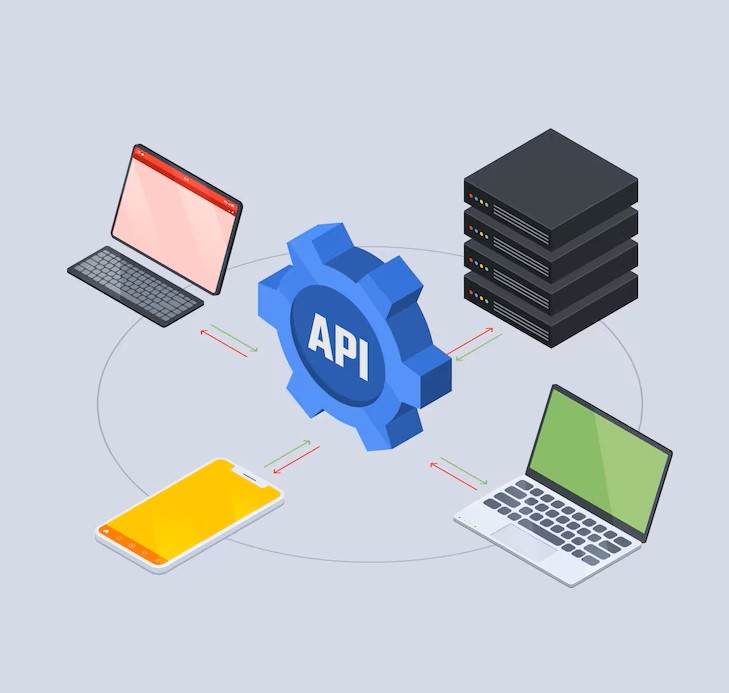Discover how SharePoint integration with its total APIs and open ports can enhance collaboration, streamline workflows, and centralize data management. Learn about the use cases, benefits, and key APIs for SharePoint integration in this informative blog post.
Introduction
SharePoint, developed by Microsoft, is a powerful platform that allows organizations to collaborate, manage content, and streamline workflows. One of the key features of SharePoint is its integration capabilities, which allow businesses to connect SharePoint with other applications and systems to enhance its functionality and extend its capabilities. In this blog post, we will explore the total APIs and open ports available for SharePoint integration, and how businesses can benefit from them.
Use Cases for SharePoint Integration
- Integrating with Microsoft Office Suite: SharePoint seamlessly integrates with Microsoft Office Suite, including Word, Excel, PowerPoint, and Outlook. This integration allows users to create, edit, and manage documents directly within SharePoint, eliminating the need to switch between applications. For example, users can create a document in Word, store it in SharePoint, and then collaborate on it with team members in real-time.
- Connecting with External Data Sources: SharePoint can integrate with external data sources such as databases, CRM systems, and ERP systems, allowing businesses to access and manipulate data from various sources in one central location. This integration enables businesses to streamline their data management processes and make informed decisions based on real-time data.
- Integrating with Third-Party Applications: SharePoint supports integration with third-party applications through its APIs, allowing businesses to connect SharePoint with other software solutions such as project management tools, customer service applications, and social media platforms. This integration enables businesses to centralize their data and streamline their workflows, leading to improved productivity and collaboration.
Benefits of SharePoint Integration
- Improved Collaboration: SharePoint integration enables teams to collaborate seamlessly, share documents, and work together on projects in real-time. This fosters collaboration and communication among team members, leading to increased productivity and efficiency.
- Centralized Data Management: SharePoint integration allows businesses to centralize their data from various sources, making it easier to manage and analyze. This leads to better data accuracy, consistency, and reliability, resulting in improved decision-making and business outcomes.
- Enhanced Productivity: SharePoint integration automates routine tasks, eliminates duplicate data entry, and streamlines workflows, leading to improved productivity. Teams can focus on value-added activities rather than spending time on manual and repetitive tasks.
- Scalability and Flexibility: SharePoint integration is highly scalable and flexible, allowing businesses to adapt and evolve their workflows as their needs change. It can be customized to suit specific business requirements and integrated with other applications, making it a versatile solution for businesses of all sizes.
“Exploring Talend Integration: Total APIs and Open Ports for Use Cases and Benefits”
Total APIs and Open Ports for SharePoint Integration
SharePoint provides a rich set of APIs that allow developers to integrate SharePoint with other applications and systems. Some of the key APIs available for SharePoint integration include:
- SharePoint REST API: This API allows developers to interact with SharePoint resources using HTTP requests, making it easy to create, retrieve, update, and delete SharePoint content such as lists, libraries, documents, and metadata.
- SharePoint CSOM (Client-Side Object Model) API: This API allows developers to interact with SharePoint resources using .NET code, making it suitable for client-side applications and services. It provides a higher level of abstraction compared to the REST API, making it easier to work with SharePoint objects and properties.
- SharePoint Web Services: SharePoint provides various web services that allow developers to interact with SharePoint resources using SOAP-based web service calls. These web services provide a comprehensive set of functionality for working with SharePoint lists, libraries, users, and groups.
In addition to APIs, SharePoint also provides open ports that allow communication between SharePoint and other systems. Some of the open ports available for SharePoint integration include:
- SharePoint Add-ins: SharePoint add-ins, also known as SharePoint apps, allow developers to extend the functionality of SharePoint by creating custom applications that can be installed and used directly within SharePoint. These add-ins can be created using web technologies such as HTML, CSS, and JavaScript, and can interact with SharePoint using APIs, making it easy to integrate custom functionality into SharePoint sites and pages.
- SharePoint Event Receivers: SharePoint event receivers are components that can be used to handle events that occur in SharePoint, such as item added, item updated, or item deleted events. Event receivers can be used to trigger custom logic or workflows when events occur in SharePoint, enabling businesses to automate processes and integrate SharePoint with other systems.
- SharePoint Business Connectivity Services (BCS): SharePoint BCS allows businesses to connect to external data sources such as databases, web services, and other line of business systems, and bring that data into SharePoint. This enables businesses to display and interact with external data within SharePoint, and even perform CRUD (Create, Read, Update, Delete) operations on the external data, making it a powerful integration option.
- SharePoint Search: SharePoint search allows businesses to configure and customize search functionality within SharePoint, including searching for content within SharePoint as well as external content from other systems. This enables businesses to create unified search experiences across different systems and applications, making it easier for users to find relevant information.
Conclusion
In conclusion, SharePoint integration provides businesses with a wide range of APIs and open ports that allow for seamless connectivity with other applications and systems. By leveraging these integration options, businesses can improve collaboration, centralize data management, enhance productivity, and achieve scalability and flexibility in their workflows. Whether it’s integrating with Microsoft Office Suite, connecting with external data sources, or integrating with third-party applications, SharePoint integration offers numerous benefits for businesses of all sizes. So, explore the total APIs and open ports available for SharePoint integration and unlock the full potential of this powerful platform for your organization’s needs.

